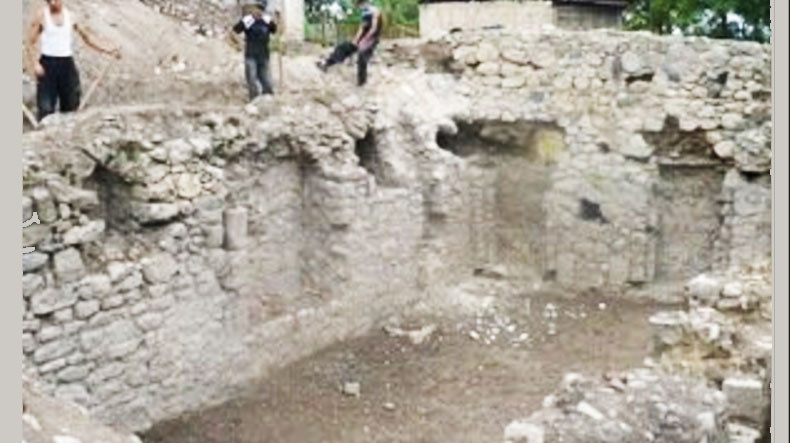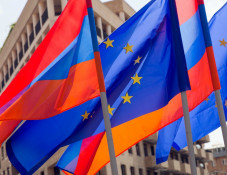
Unique dog statue dated the 3d century uncovered in Margahovit archaeological site
This year the archaeological and field studies have been launched since June and the excavations works are scheduled to be ceased in October, Director of Institute of Archeology and Ethnography of National Academy of Sciences of Armenia, Dr. Pavel Avetisyan told reporters on September 15.
He assessed the initial results of the work done as positive, referring to the 20 programs underway in different regions of Armenia.
“The most impressive results we got in Gegharot excavations, where the Armenian- American expedition worked. They found buildings dated as early as 3 000 B.C which were part of a cemetery and was of liturgical significance,” Avetisyan informed, adding much studies have been done in Solak -1 archeological site, including excavation of a fortress of a Van kingdom with layout characteristic to king palaces.
Head of the Laboratory of Archaeological Research of Institute for Armenian Studies of YSU, Hayk Avetisyan, present at the meeting, informed, excavations at Aramus archeological site are now completed and another traces of Urartu civilization were revealed.
“Parts of pottery characteristic to the palace culture as well as findings of wide consumptions of local significance were uncovered.” He said.
Senior specialist at the Institute of Archeology and Ethnography, Arsen Bobokhyan spoke of the Margahovit excavations.
“The site is connected with metallurgy where Armenian masters lived in the Bronze Age. A unique dog statue dated the third century was found,” he informed.
Summing up the press conference, Pavel Avetisyan suggested turning the archaeological sited into tourist destinations and include in package tours.
Newsfeed
Videos






























